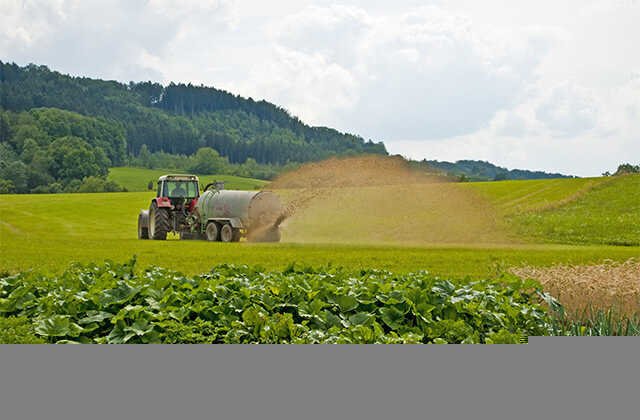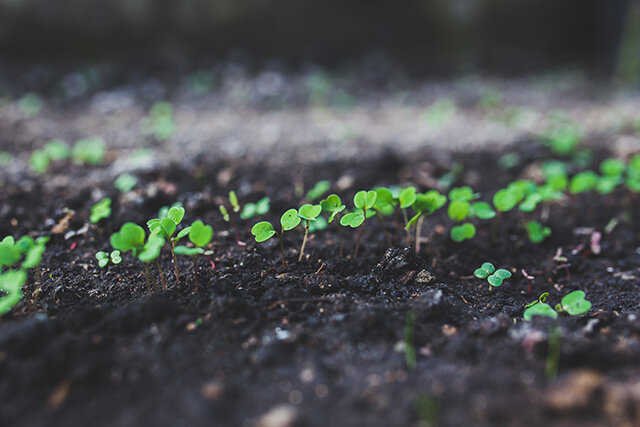What are the differences between organic fertilizers and inorganic fertilizers?
1. What are the inorganic Fertilizers
Inorganic Fertilizer is also known as "Chemical Fertilizer".Fertilizers composed of inorganic matter.It mainly includes single -quality Fertilizers and composite Fertilizers such as nitrogen fertilizer, phosphorus Fertilizer, Potassium fertilizer, and trace element Fertilizers.
Inorganic Fertilizer contains nitrogen fertilizer, of which nitrogen Fertilizers contain ammonia, ammonium bicarbonate, ammonium chloride, ammonium sulfate and other Fertilizers. Ammonia water has a strong smell and has strong corrosiveness in the soil.The production of vegetables is increased, and ammonium chloride can inhibit the nitrification of rice fields and can make rice form fiber.
2. Phosphorus Fertilizer
Inorganic Fertilizer mainly includes phosphorus Fertilizer. Among them, the more common ones are calcium phosphate, phosphate powder, calcium and magnesium phosphate Fertilizer, etc. The phosphorus Fertilizer developed after using sulfate to decompose phosphate mines.There are two types of colors: gray and brown, which is suitable for use in acidic soil as base Fertilizers.
Inorganic Fertilizer mainly includes potassium Fertilizers, mainly including potassium chloride, potassium sulfate, plant ash, potassium diarrhea salt, and perple phosphate (potassium dihydrogen phosphate).Most of them can be dissolved in water, and the Fertilizer effect is fast.It can be absorbed by the soil and is not easy to lose.When applying an appropriate amount of potassium Fertilizers, the stems of the crop can grow strong, prevent falling, promote blooming and strong, and enhance the ability of drought resistance, cold, and disease -resistant pests.
Inorganic Fertilizer contains compound Fertilizers, which are common potassium dihydrogen phosphate, ammonium phosphate, ammonium ammonium, potassium nitrate, etc. Potassium dihydrogen phosphate is often used as high -efficiency nitrogen phosphate Compound fertilizer.The shape is granules or powder, which is suitable for soil with a pH of 7.5.
5. Trace element Fertilizer
Inorganic Fertilizers include trace element Fertilizers, and more common ones are copper Fertilizer, boron Fertilizer, molybdenum Fertilizer, zinc Fertilizer, manganese Fertilizer, etc. The trace element Fertilizer plays an important role in the growth and development of plants.At the same time, the growth of crops is accelerated.

2. The difference between Organic fertilizer and inorganic Fertilizers
1. Different sources
Organic fertilizerThe raw materials are rotten animal and plant corpses, animal feces, and animal hair, etc.Including human dung, Fertilizer, compost, green Fertilizer, cake Fertilizer, biogas Fertilizer, etc.People also call it "green Fertilizer" or "farmhouse Fertilizer". Its source is relatively wide, which is relatively easy to collect.
Increasing Fertilizer refers to Fertilizers produced by chemical synthesis, including nitrogen, phosphorus, potassium, and Compound fertilizer.
2. Different effects
The ingredients of Organic fertilizer are relatively complicated, and it is not easy to master its dosage. It often leads to excess nutrition in some places, and there are some places to remove Fertilizer.After the use of organic Fertilizers, its decomposition speed is relatively slow, so it is relatively late, but the fertility is eased and lasting.The amount of Organic fertilizer is large and the operation is tedious, which is why many farmers' friends are unwilling to use it.
Inorganic Fertilizer, its visibility is relatively fast, the ingredients are pure, easy to grasp the amount, it saves effort and time, and it is very convenient for transportation and storage. However, its cost is not comprehensive.Excessive dosage will pollute water resources.
3. The impact on the land is different
The nutritional elements contained in organic Fertilizers are mostly organic. It is difficult to use crops directly. It must slowly release a variety of nutrient elements through microorganisms in order to supply nutrients.
When using inorganic Fertilizer, be sure not to do too much, because too much use of inorganic Fertilizer will imbalance the nutritional components of the soil, make the phenomenon of the land of the land more serious, and the minerals containing will also be accelerated, so that the soil will be even moreBarren, resulting in low productivity of the land.It is best to cooperate with each other, mainly Organic fertilizer, and inorganic Fertilizer as aid. This can not only improve the growth rate of crops and improve the growth environment.

